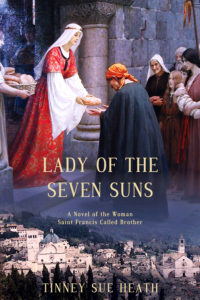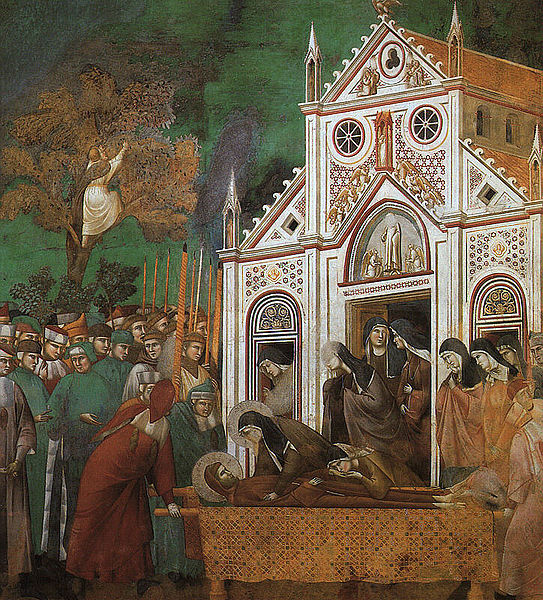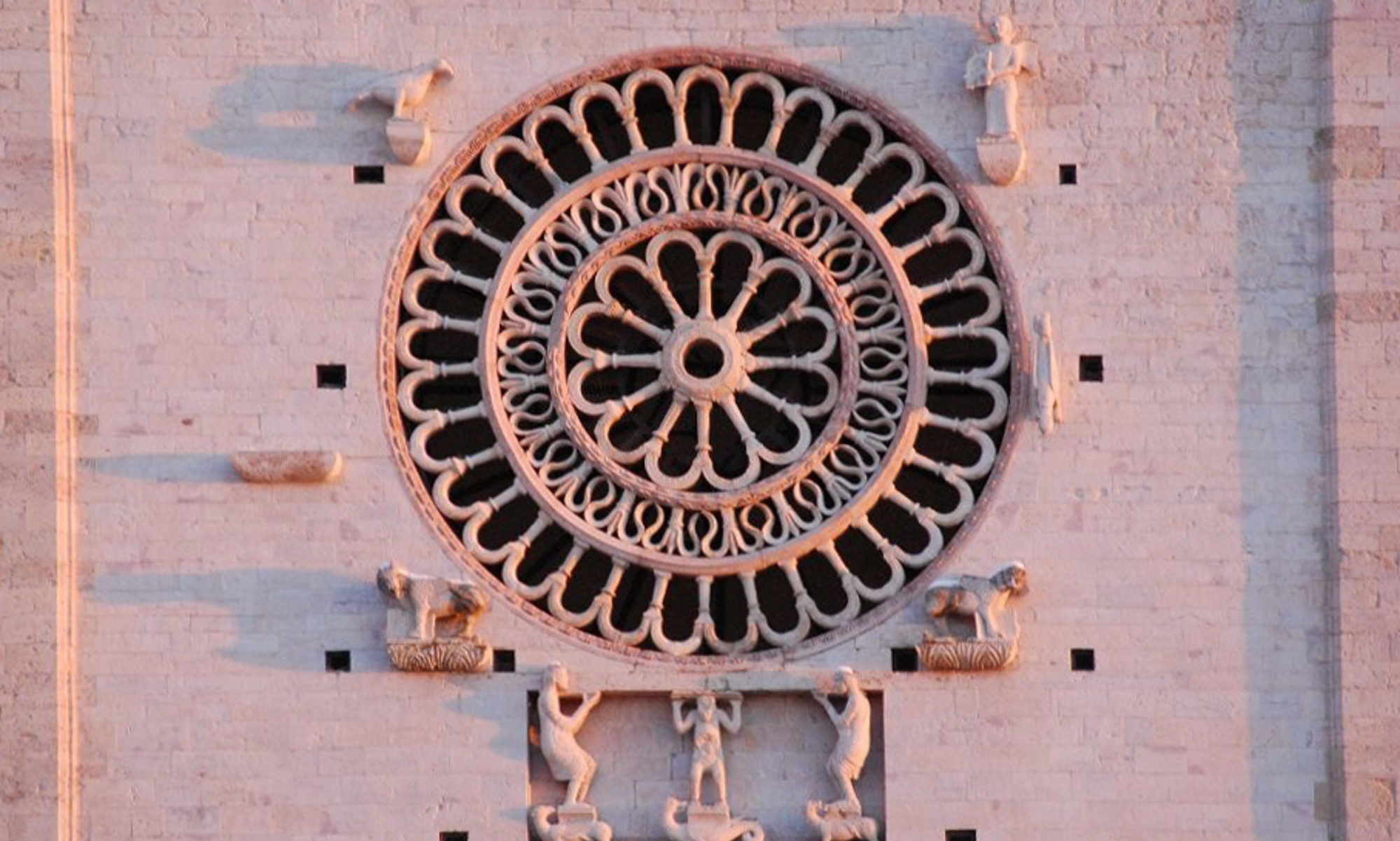
Lady of the Seven Suns: A Novel of the Woman Saint Francis Called Brother
You can find the ebook version of Lady at the following sites: Amazon, Kobo, Barnes & Noble, Apple Books, and Google Play. The paperback edition is also available to order, from BookShop, from your local bookstore, from Amazon, or from Barnes & Noble.
“Twisting with life… warmth and chaos and squabbles, tears and laughter. And over it all soars the beautifully depicted, utterly chaste love story between Giacoma and her spiritual mentor.” – Discovering Diamonds
Giacoma is the only woman present at the death of Saint Francesco of Assisi. The only woman allowed inside his friary. And the only woman Francesco calls Brother.
After tragedy shatters Giacoma’s world, she needs Francesco to save her sanity and her faith. He and his fledgling brotherhood need her support to survive in a world alien to their values. When the wealthy Roman noblewoman becomes benefactress, follower, and loyal friend to the holy man who vows to own nothing at all, two lives take an unexpected turn.
Based on the life of a real woman, Lady of the Seven Suns traces the profound friendship between these two unlikely companions. One becomes known throughout the world, while the other fades into obscurity.
This is her story.
_________
Five questions to define a book’s main character
1. What is the name of your character? Is she fictional or a historical person?
Lady Giacoma dei Settesoli (also sometimes called Jacopa or Jacoba) was a historical person, though relatively little is known about her life. Most of what we know comes from biographical works about San Francesco, but she was a wealthy noblewoman, born into the Normanni family and married into the powerful Frangipani family, so it has also been possible to learn something about her position in Rome through historical sources that don’t pertain primarily to the saint. Much later, Giacoma was either beatified or sainted (there’s some ambiguity). Her feast day falls on February 8.
2. When and where is the story set?
It begins in Rome in the year 1210, just before Francesco found his religious calling, and covers nearly three decades of Giacoma’s life. While some of the book takes place in and around Rome, other sections are set in Assisi.
3. What should we know about her?
Francesco once told a companion that there were only two women in the world whose faces he would recognize, as he otherwise kept his eyes averted from women. Those two women were Chiara (Saint Clare) and Giacoma. Descriptions of Giacoma in the early works about Francesco stress her energy, her strength of character, her devotion to Francesco, her tirelessness in performing good works. In the Italian sources the words “virile” and “forza” appear with almost alarming frequency, and they mean exactly what you’d expect them to mean. Francesco’s biographers say she “knew how to surmount every obstacle.” They speak of her generosity and her sense of justice, and they tell us that Francesco was “astonished by her outspoken manner, her sense of humor and her leadership qualities (traits then thought more suitable for a man).”
One summary that struck me was that Chiara is the “dolcezza” (sweetness) in Francesco’s life, and Giacoma the “forza” (strength). Giacoma is able to provide Francesco and his brothers with considerable material support, but to my mind, the one thing overriding all others is that in this period where platonic friendships between men and women were always suspect, these two great souls are devoted and lifelong friends. Francesco specifically requests her presence at his death. Giacoma has been described as the first Franciscan tertiary; one historian calls her “friend, mamma, and sister to Francesco and to his brothers.” The combination of wealth and widowhood give her considerable power and independence, but the way she uses that power is all her own.
4. What is the main conflict? What messes up her life?
Two disasters change the direction of Giacoma’s life. First, the death of her beloved husband Graziano when she is a young woman devastates her, as well as leaving her with the sole responsibility for her two small sons, a huge fortune, and a long-running property lawsuit against the papacy. Graziano must have realized what an extraordinary woman he had married, because it would have been more usual to involve some of his male relatives in these matters, but he leaves everything up to Giacoma.
The second disaster, later in her life, is the rancorous rift that develops in the Franciscan order even before Francesco’s death. This conflict is extremely painful for her, as she has deep friendships with brothers on both sides of the divide.
But more than that, I see Giacoma’s story as that of a woman who wants to leave the world behind and enter a contemplative life, but who cannot do so because of her substantial responsibilities, and possibly also because of her vigorous and active nature. So she spends her life searching for a balance. She is utterly devoted to “Il Poverello,” the little poor man who considers himself wed to Lady Poverty and who burns to live a Christlike life free of all possessions. Yet at the same time she is one of the wealthiest and most influential women in Rome, part of a family that aspires to be the pope’s bankers.
If ever anyone had doubts about being part of the “one percent,” it would have been Giacoma.
5. What is the personal goal of the character?
She yearns to follow Francesco’s example, but a deep sense of duty makes her stay in the world, fiercely protective of her sons, the members of her household, and the beggars and supplicants she supports. She is no less protective of her chosen family — Francesco and his brothers. She will place herself between these people and disaster over and over again, no matter the cost.


